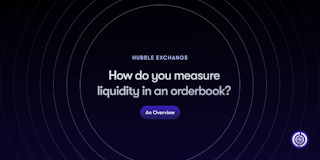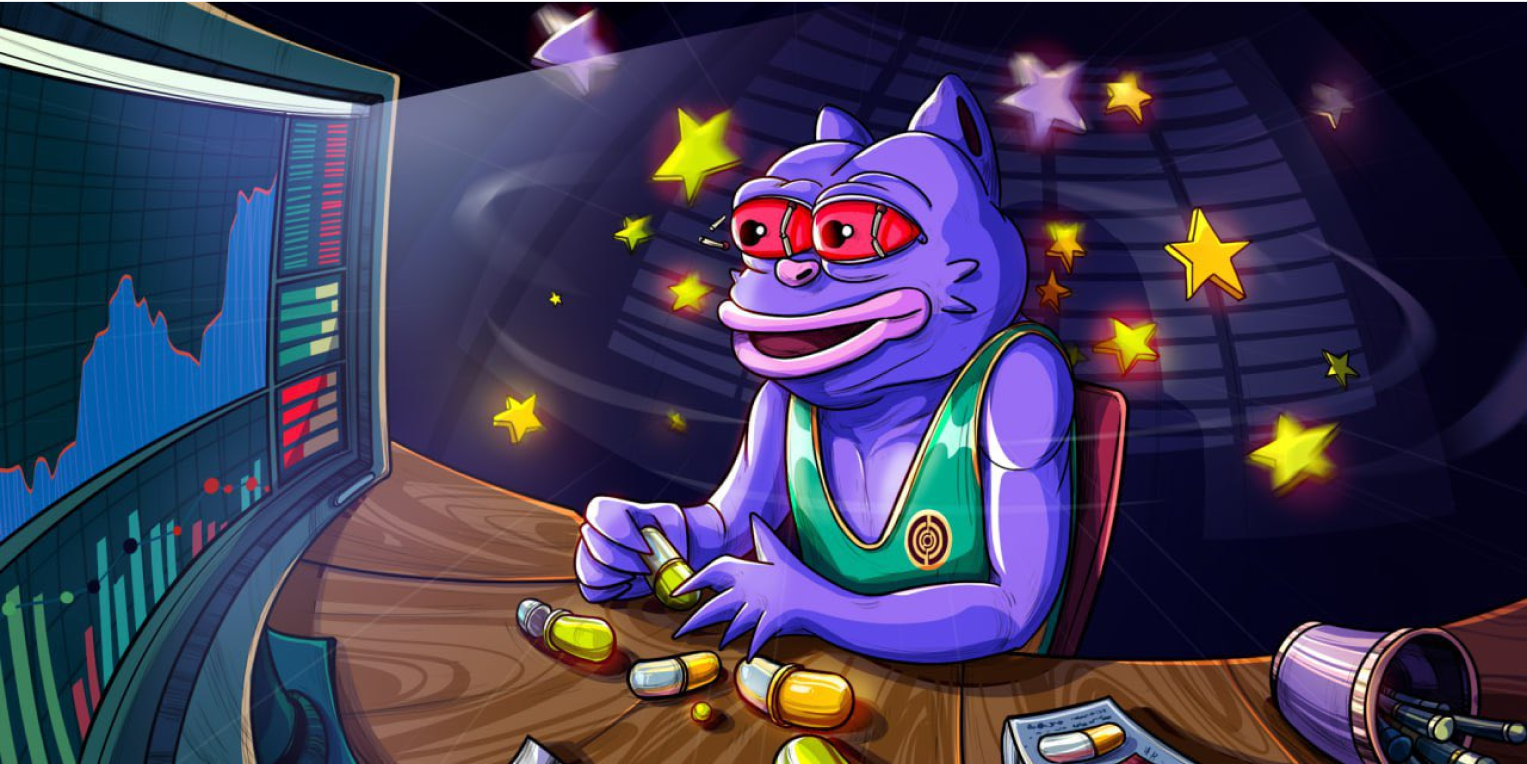Sometimes, when a trader is liquidated in extreme market conditions, their liquidated collateral may not be enough to fully repay the debt. The trader is bankrupt.
The insurance fund would swoop in and makes the bankrupt trader whole, ensuring that they never owe more than their supplied collateral.
The insurance fund guarantees the profitable side when counterparty collateral is insufficient, usually when the price of the asset has moved sharply in one direction and the exchange was unable to liquidate at a profit.
Essentially, users can deposit USDC into the insurance fund and take the risk of losing a portion of it in the occurrence that margin is insufficient to cover the loss.
In exchange for taking this risk, insurance fund liquidity providers receive a portion of the trading fees and a share of the liquidation fees.
Hubble’s Policy Team carefully evaluates assets listed as collateral for sufficient consistent volumes, healthy market depth, relatively low slippage in case they need to be liquidated as collateral.
Each asset also has risk parameters such as a Reserve Factor, Liquidation Threshold, specifically chosen for them.
These risk perimeters are chosen to reduce the probability of scenarios where the liquidated collateral does not cover the debt of a trader. If such a scenario presents itself, the insurance fund would swoop in to prevent insolvency.







